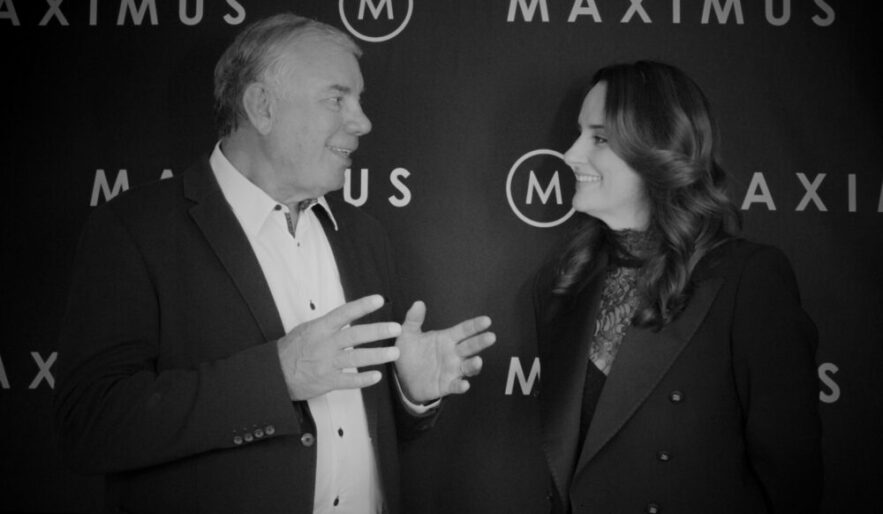As CEO, you are responsible for your company’s culture as well as its strategy and performance. High performance enterprises get all three right.
Culture is the soul of an organisation. It binds disparate functions together, embodies what the company stands for, and motivates workers to go the extra mile.
A great culture is an important competitive tool because it provides the consistent direction, clarity and guidance that enables optimal performance across every business unit, team and individual. People who operate within a clearly defined culture always know how to act in a way that is consistent with company and brand values.
Without an embedded culture, employees at all levels are directionless. Individuals are forced to do what they believe to be the right thing, creating confusion both inside and outside the organisation and compromising the company’s performance and reputation.
There are multiple frameworks and models to explore when considering how to build a market-winning culture, and many examples of companies that have succeeded. But in my experience, the most important success factor is how well the CEO understands the five elements of a good corporate culture.
If these elements are executed correctly, the outcome is a team of people who want to work for your company, and who regularly go beyond the parameters of their role and employment terms. Additionally, good corporate culture creates a pipeline of talent wishing to join your company.
1. CONNECT PEOPLE TO THE BUSINESS STRATEGY
A great business plan needs an aligned culture, so once your strategic direction is set, work out the kind of culture that will best support it. The two go hand in hand – the best culture in the world cannot save an enterprise where the strategic direction is out of step with what the market wants.
While learning from other companies is useful, imitation is not. There is no ‘one size fits all’ cultural model, because every business strategy is different. However, what successful companies do have in common is a clear view of how their culture helps to differentiate them in the marketplace. Virgin is a great example of this; their core values that include innovation, having fun and providing brilliant customer service. These mirror how consumers perceive the Virgin brand and help to attract and retain employees who believe in and demonstrate these values.
2. APPEAL TO HEARTS AS WELL AS MINDS
A culture that supports strategic goals and aims for operational excellence satisfies the logical, analytical, and numbers-driven side of peoples’ brains. These left-brain aspects feed our desire for achieving wealth, status and social advancement through work.
The heart-focused, right-brain elements of a culture appeal to the parts of the human brain that govern innovation, creativity and aspiration by offering programs that nurture physical, mental and emotional wellbeing. These activities create a fun workplace where employees feel valued and are more likely to believe in themselves and the organisation.
Having a holistic culture does not mean investing in programs with no business benefit. For instance, Google’s enormously popular ‘Search Inside Yourself’ course, which focuses on mindfulness meditation, taps into the growing belief that emotional intelligence is a key factor in improving organisational and personal performance.
A culture that captures both hearts and minds is most likely to lead to outstanding performance. While the mind aspect tends to be the default approach when times are tough, winning employees’ hearts will attract and engage people with the appropriate capabilities and mind-set to make your organisation a success regardless of the economic environment.
3. ARTICULATE, COMMUNICATE AND MODEL THE WAY
Summarise your employee value proposition succinctly in simple, and jargon-free language. Then build a communication plan around it that includes regular, and visible CEO enforcement and support.
It is the CEO’s job to manage meaning. They must also set the tone for other leaders with respect to cultivating the right culture, encouraging them to appoint and promote accordingly, and ensuring they model desired behaviours.
It can be hard to effect cultural change, but with the right approach, a visionary leader can succeed. At a time when mergers and acquisitions are common and the market is constantly changing, being able to lead cultural transformation is a vital skill for an aspirational CEO.
4. EMPLOY AND RETAIN PEOPLE WHO ARE CULTURALLY ALIGNED
Netflix only hires people who align with its culture – that is, outstanding performers who are prepared to put Netflix’s interests first and who display adult behaviours such as discussing issues openly. They regularly dismiss average performers – people whose skills no longer fit, or who demonstrate cultural misalignment.
Netflix is using their hiring and firing policies to create the culture it wants; a high performance environment where employees can be trusted to do the right thing by their colleagues and the company. It argues that it’s far easier to take this approach than to deal with the long term negative impact of workers who aren’t a cultural fit.
Netflix is breaking traditional HR rules and it works for them. Its policies aren’t necessarily appropriate for every organisation, but the company is spot on when it comes to hiring people who are culturally in step, and offloading people who aren’t.
5. REFRESH AND REVISIT
Successful CEOs regularly take stock of where their company’s culture is at relative to where they want it to be. They determine the best way to set the tone over the next twelve months and encourage managers to focus on cultural forward planning at a team level.
Senior managers often tend to focus on strategy and performance, believing that culture will take care of itself. Smart CEOs make sure culture gets the attention it deserves, regardless of competing challenges, pressures and cycles.
Making managers personally responsible for their team culture and building cultural KPIs into their performance measurement and career development programs are useful approaches.
This article was originally published for CEO Magazine








